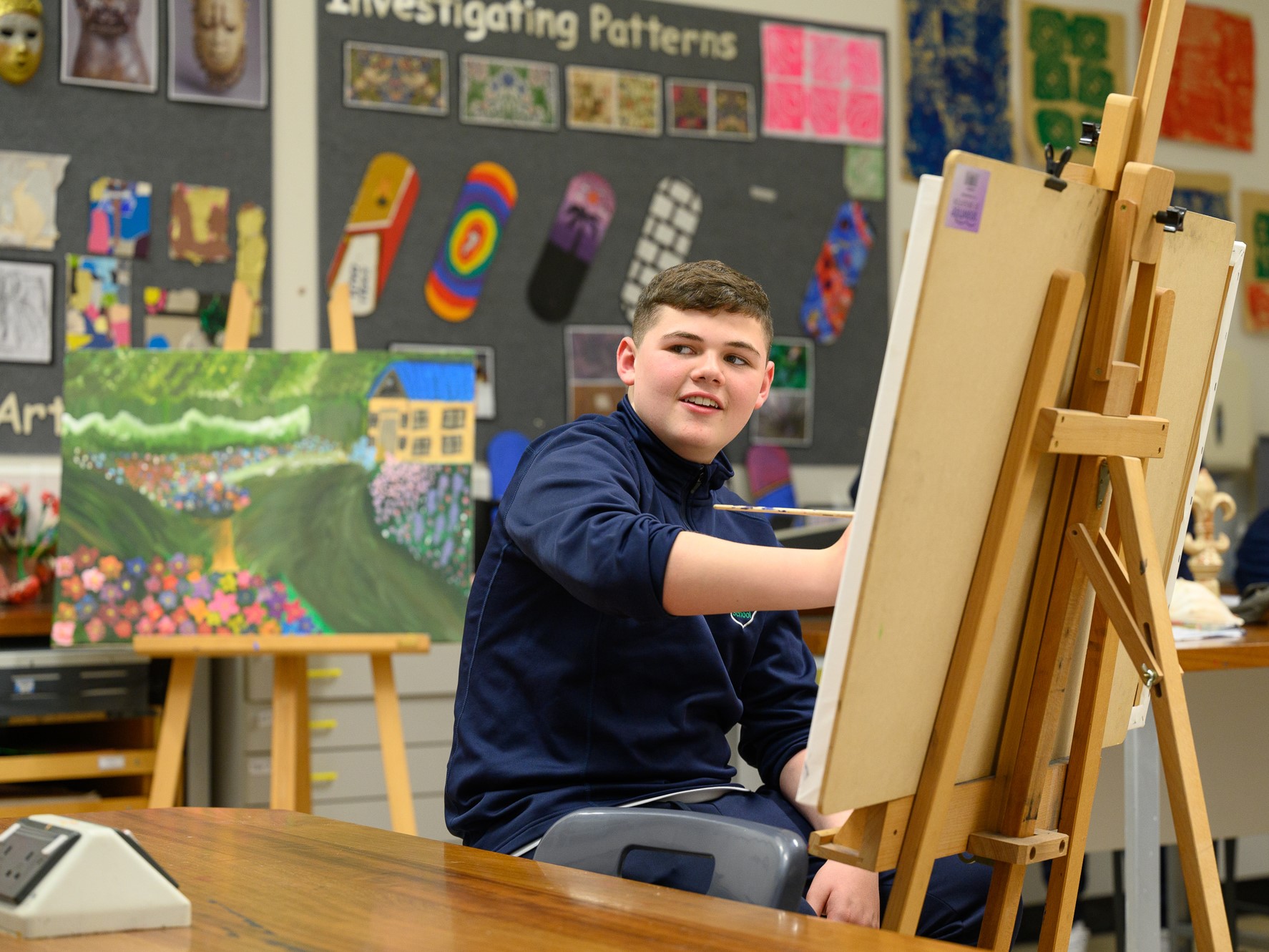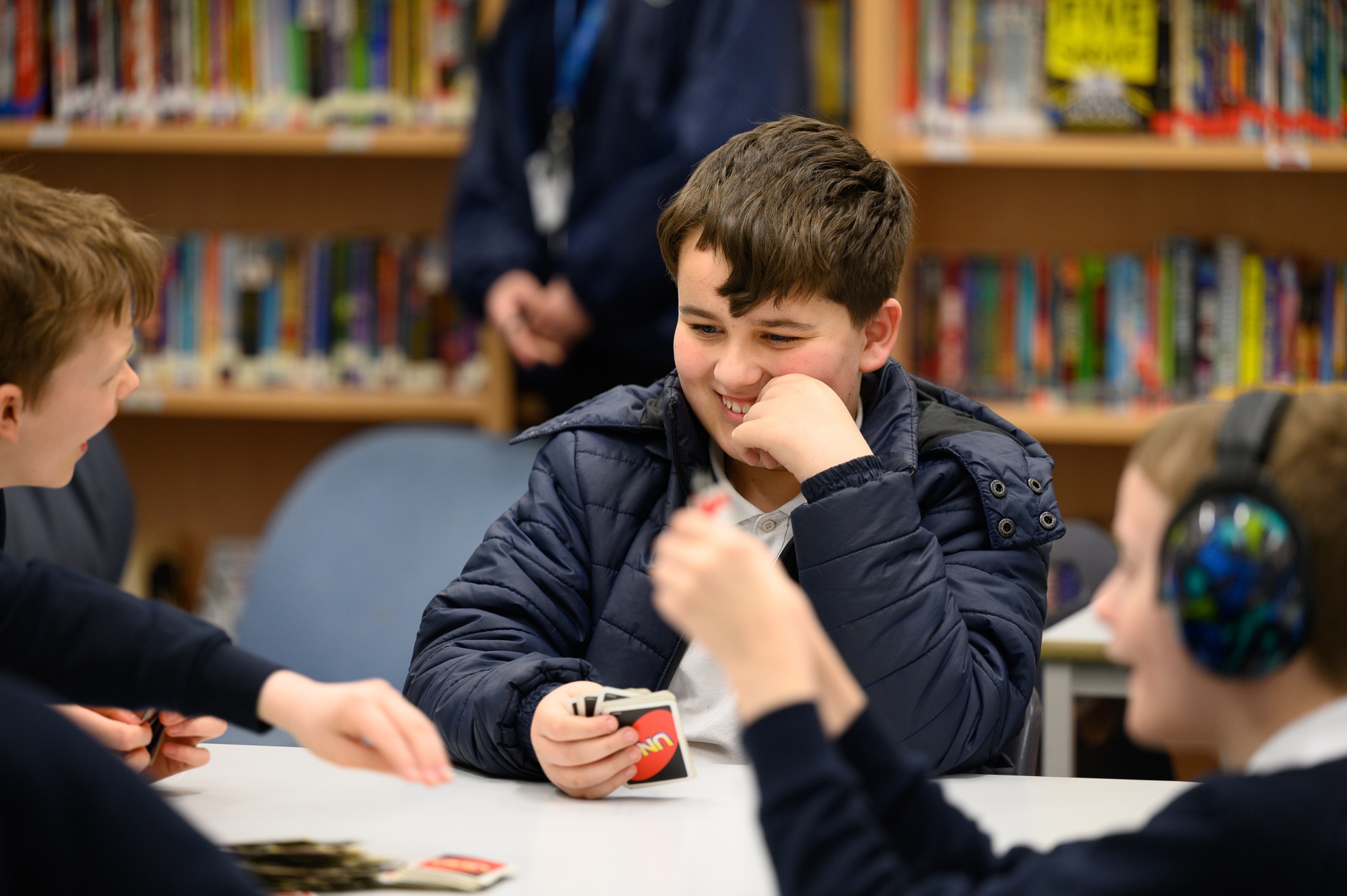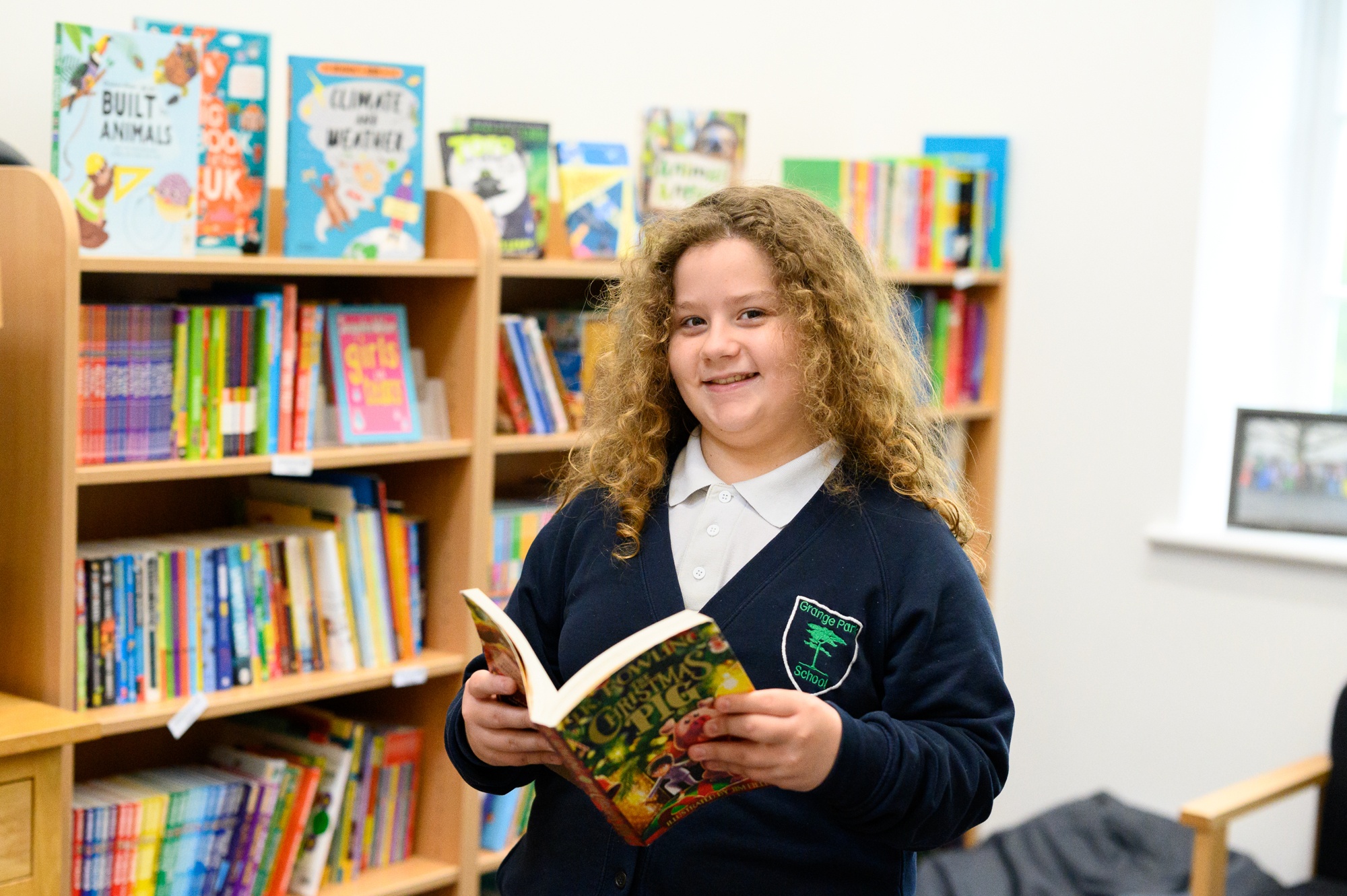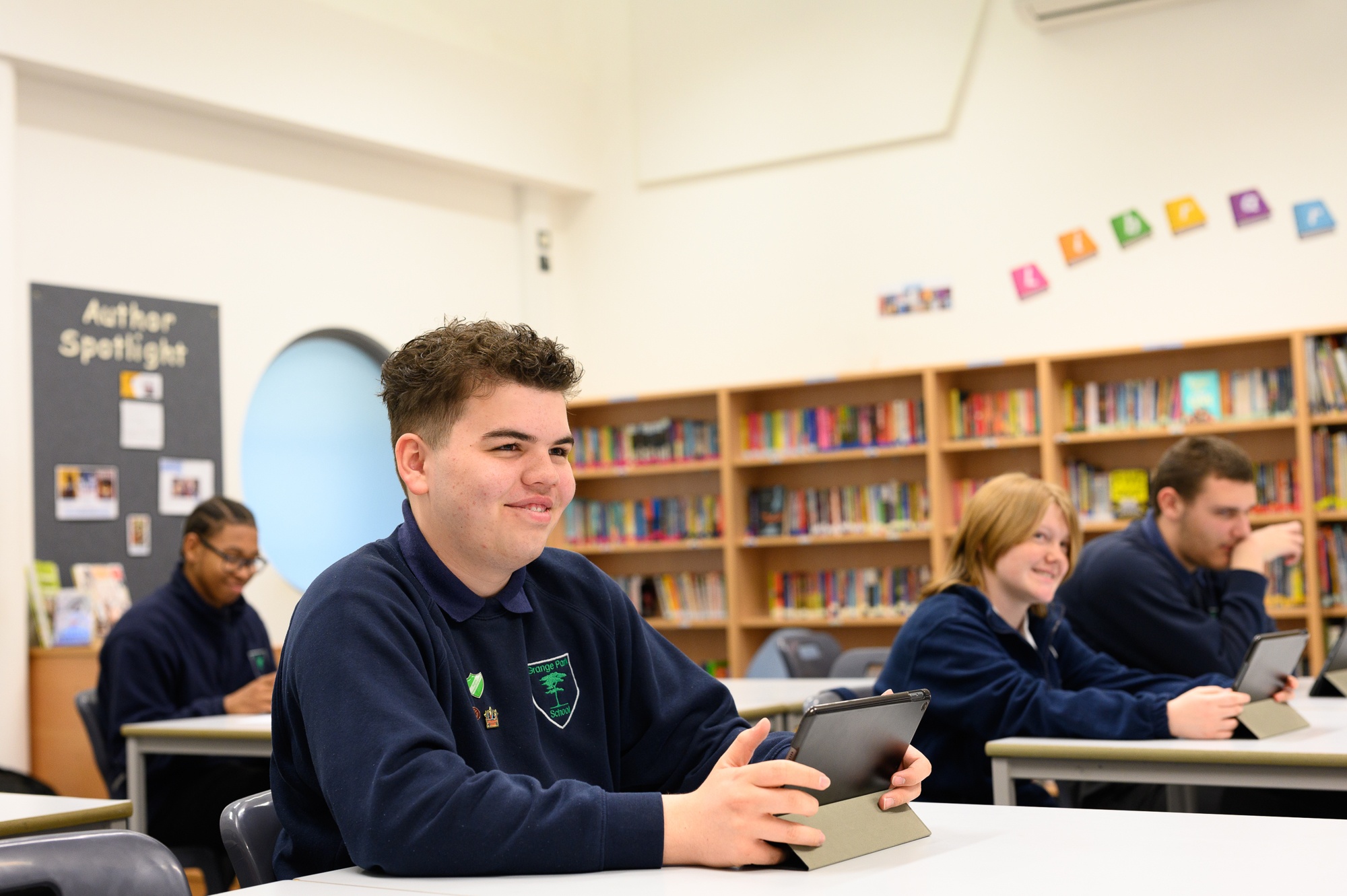The Zones of Regulation
The Zones of Regulation is part of the Grange Park Time curriculum. It supports the SCERTS Model of practice as it works to build skills and strategies that address needs in emotional regulation and executive functioning. The Zones curriculum helps pupils to recognise how they are feeling and learn how to communicate this. In addition it develops an understanding of facial expressions, perspective about how others see and react to their behaviours, insight into what triggers their behaviours, calming and alerting strategies and problem solving skills.
The Zones of Regulation also works on developing a ‘tool kit’ of strategies to help pupils move between zones or get into the expected zone for a certain situation.
THE ZONES
The BLUE zone – used to describe a low state of alertness such as when you feel sad, tired, sick or bored. This is when your body and/or brain is moving slowly.
The GREEN zone – used to describe a regulated state of alertness; a person may be described as calm, happy, focused or content when in this zone. This is generally the zone required for schoolwork and being social.
The YELLOW zone – used to describe a heightened state of alertness; a person maybe stressed, frustrated, anxious, excited, silly, nervous, confused etc, however they do have some control in this zone.
The RED zone – used to describe an extremely heightened state of alertness or very intense feelings; a person may be feeling angry, rage, explosive, panic, terror or elation. Being in this zone is a person is not always in control of their actions.
It is important to recognise that everyone experiences each one of the zones and that the Red and Yellow zones are not the ‘bad’ or ‘naughty’ zones. All of the zones are expected in different situations for example: being in the red zone when in danger or the yellow zone at a theme park.


















